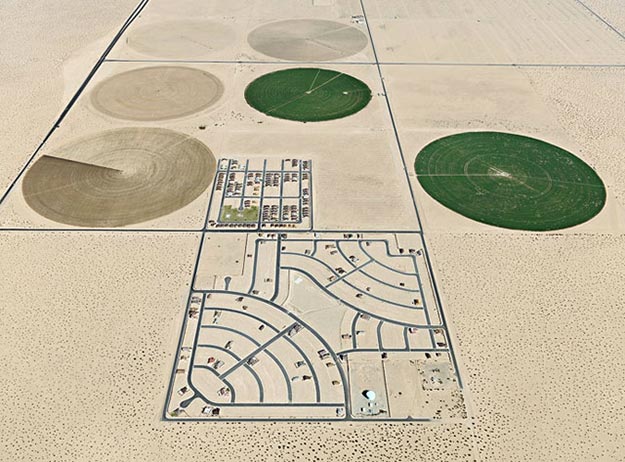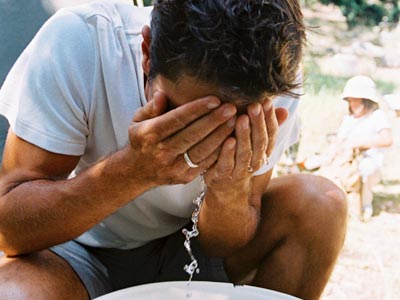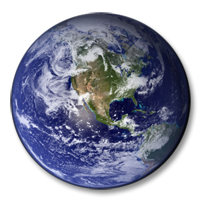Edward Burtynsky has long been one of TreeHugger’s favorite artists. Known for his large-scale photographs documenting the many ways humans have left our mark on the natural landscape in unnatural ways, such as oil consumption, agriculture and mining, the Toronto-based photographer’s latest collection is called Water and shows the role water plays in ecosystems, energy, cultural practices and disasters.
 “While trying to accommodate the growing needs of an expanding, and very thirsty civilization, we are reshaping the Earth in colossal ways. In this new and powerful role over the planet, we are also capable of engineering our own demise. We have to learn to think more long-term about the consequences of what we are doing, while we are doing it. My hope is that these pictures will stimulate a process of thinking about something essential to our survival; something we often take for granted—until it’s gone.” Read more
“While trying to accommodate the growing needs of an expanding, and very thirsty civilization, we are reshaping the Earth in colossal ways. In this new and powerful role over the planet, we are also capable of engineering our own demise. We have to learn to think more long-term about the consequences of what we are doing, while we are doing it. My hope is that these pictures will stimulate a process of thinking about something essential to our survival; something we often take for granted—until it’s gone.” Read more





